

Fires behave differently in different situations. Fire behaviour in the outdoors is quite different from the behaviour of fire inside a building or structure. The biggest difference is that ...
READ MORE

Scion scientists Grant Pearce and Stuart Anderson want to get a better understanding of fire behaviour. They use the knowledge to improve the models and tools available to fire managers who use ...
READ MORE
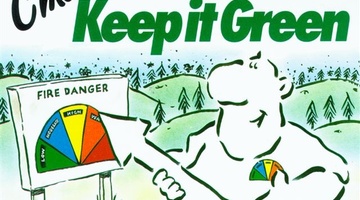
Rural fire scientists study fire behaviour, and fire risk and use their findings to manage fire risk in the outdoors by developing tools that fire managers can use to warn people about fire risk ...
READ MORE

In this activity, students read online articles related to fire in Antarctica and discuss why fire is a big hazard there. Rights: The University of Waikato Te Whare Wānanga o Waikato Scientist in ...
READ MORE

In this activity, students identify and define fire risks, outdoors and indoors, using a provided image of a rural scene and an indoor scene they draw themselves. By the end of this activity ...
READ MORE

In this activity, students examine the role of heat as water changes from a solid to a liquid to a gas and back again. By the end of this activity, students should be able to: identify a logical ...
READ MORE

Be part of a worldwide movement and use Global Earth Challenge to submit or classify photos to help our planet’s environment and human health. Global Earth Challenge is a citizen science campaign ...
READ MORE

This citizen science project wants your assistance to extract information from various climate scientific graphics to help combat misinformation and support scientific communication. Using this ...
READ MORE
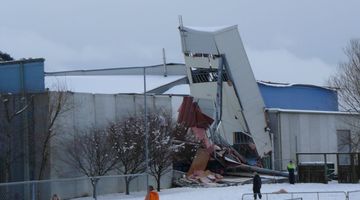
Large snow events in most parts of New Zealand are uncommon. However, if you are in the South Island or the central North Island, this citizen science project could be a great one for your ...
READ MORE
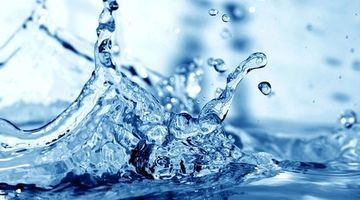
About 70% of Earth’s surface is covered by water. It is found just about everywhere and is the only naturally occurring substance on Earth existing in solid, liquid and gas states. Water is ...
READ MORE

Fire is generally portrayed as frightening and destructive by the media. Humans have increasingly been able to manage fire by improved detection ability and improved fire control methods. In the ...
READ MORE
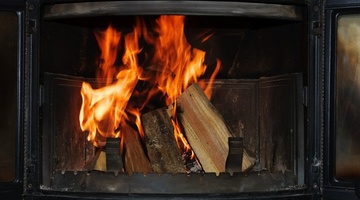
Below are links to Science Learning Hub resources for primary teachers related to heat in the Physical World strand of the New Zealand Curriculum. Primary teachers often consider heat for a topic ...
READ MORE
Stuart Anderson works for the Rural Fire Research Group, Scion, at the University of Canterbury. In this video, he talks about rural fires compared to structural fires. Points of interest What is ...
READ MORE
In this video clip, Stuart Anderson from the Rural Fire Research Group, Scion, talks about Project FuSE (Fire in Scrub Experiments), which was carried out in collaboration with scientists in ...
READ MORE
In this video clip, Grant Pearce from Scion’s Rural Fire Research Group at the University of Canterbury talks about causes of fires and the work being done to try to prevent rural fires from ...
READ MORE
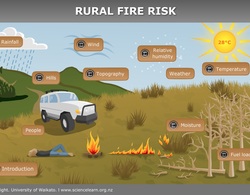
An interactive on rural fire risk – environmental components. Click on the labels for more information. Select here to view the full transcript and copyright information.
READ MORE

This slideshow explains what precipitation is and how clouds form. Use the Slideshow menu for further options, including view full screen, and go here for the download option.
READ MORE
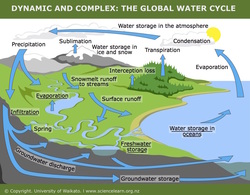
Water in the Earth system is influencing all aspects of life on Earth. Pathways, storage, transfers and transformations have an effect on the global climate and human welfare. Within this ...
READ MORE